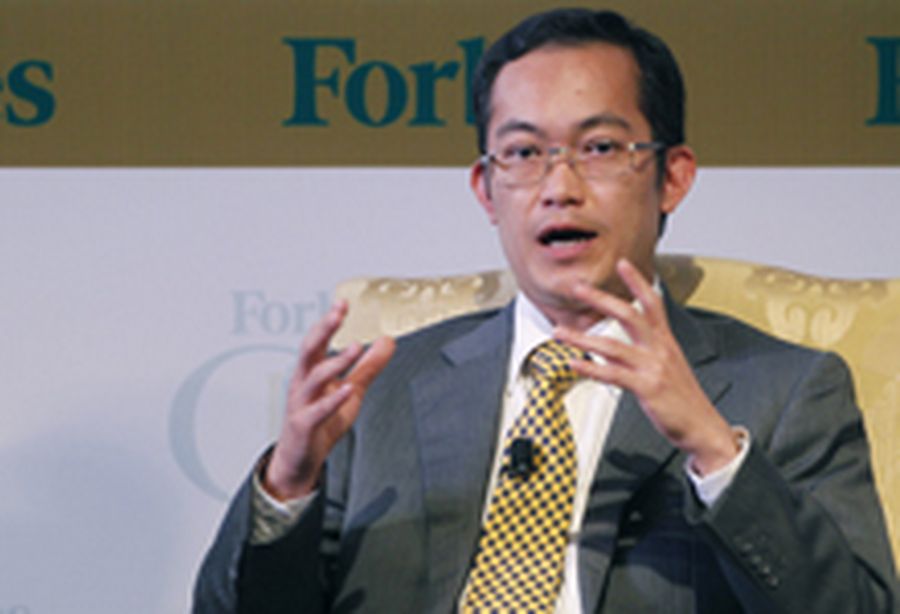
Source: Reuters/Bazuki Muhammad
Malaysia’s IOI Group of Companies Group Executive Director Lee Yeow Chor speaks during Forbes Global CEO Conference in Kuala Lumpur
The Baa1/BBB+ rated Malaysian planter saw its new Reg S bonds rally in their first trading session, outperforming the broader market. The 2022 notes were trading this morning at 272bp–271bp over Treasuries, whereas the broader iTraxx Asian Investment Grade CDS index was just 2bp tighter on the day at around 172bp.
IOI’s timing raised eyebrows, since it announced the deal the same day as the US Federal Reserve’s latest monetary policy decision. While the Fed held back from a third round of quantitative easing, its extension of “Operation Twist” supported markets overnight.
The timing allowed IOI to come almost flat to its own dollar-denominated 2015s, which were trading at a G-spread around 275bp–280bp yesterday.
More liquid 10-year bonds from Swire Properties and Hongkong Land, both rated A2/A–, were trading about 250bp over US Treasuries. So, accounting for the two-notch rating differential, investors saw the IOI bonds at about fair value, with close to no new issue premium.
Investors seemed to be happy to pile in as well, in spite of perceived tight pricing. The bonds amassed an order book of US$5.2bn from 270 accounts, much bigger than the US$3bn for A3/A– rated Export-Import Bank of Malaysia earlier this year.
IOI enticed investor with talk at 300bp over in the Asian morning and then tightening to around 285bp at the close, before pricing 5bp tighter. As demand held at the revised levels, the company enlarged the size of the transaction to US$600m from US$500m and priced the bonds at 99.288 to yield 4.464% on a 4.375% coupon.
Geographically, Asia accounted for 79% of the bonds, while Europe took the remaining 21%. In terms of investor types, 59% went to fund managers, 16% to insurance companies, 11% to banks, 10% to private banks and the remaining 4% to others.
Citigroup, HSBC, Mitsubishi UFJ Securities and Morgan Stanley were leads on the deal.
